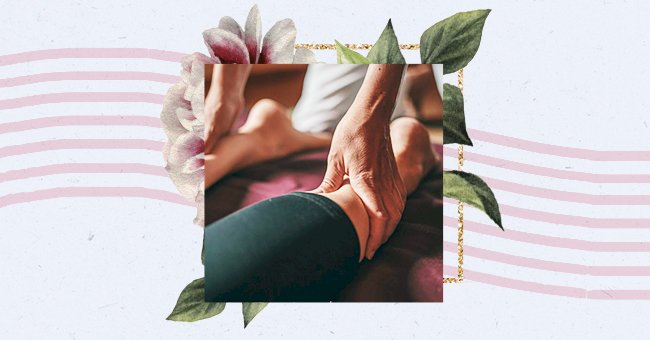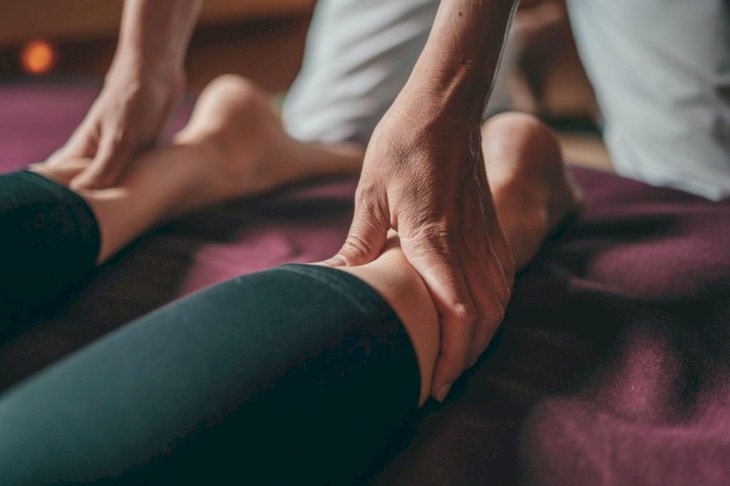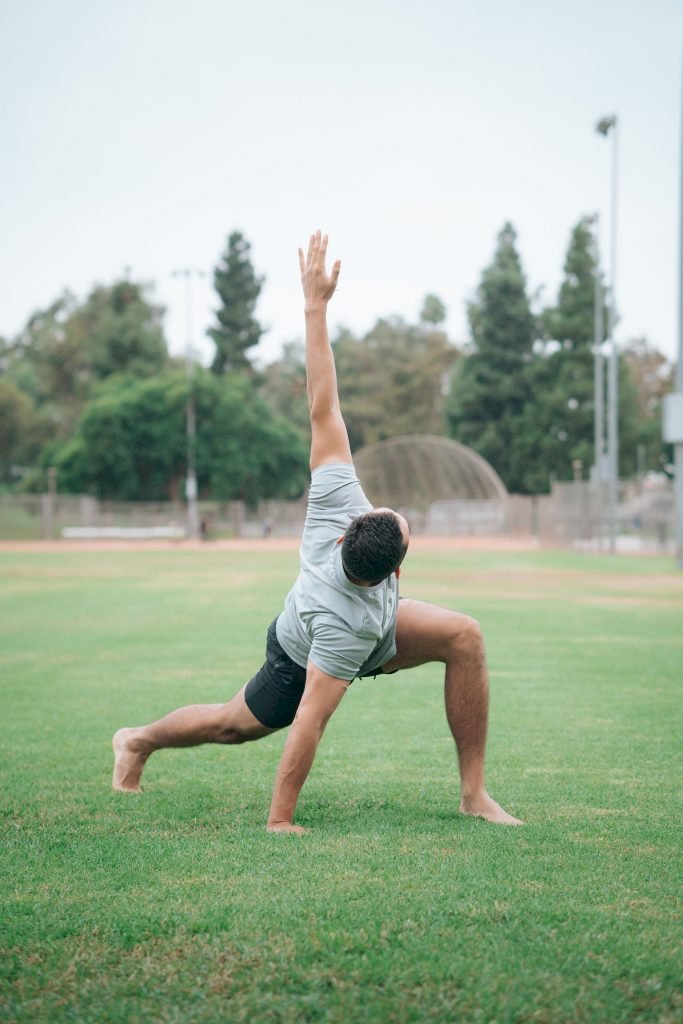
5 Ways To Manage Restless Leg Syndrome Worth Trying
Whether it's keeping you awake or waking you up, restless leg syndrome is keeping you from functioning at your best! From work to your mood, if you're not rested, you're not you!
Restless leg syndrome (RLS) is also known as Willis-Ekbom disease, and it doesn't just affect your legs; it can affect your arms too. It causes feelings of discomfort that make you feel the urge to keep your legs moving.
When it affects your sleep, you'll want an easy fix because it affects your work, school, and even social life. Here are five remedies you can try to get better sleep!
1. Foot Wrap

Unsplash
RLS can leave you feeling an aching and burning sensation in your legs, and the only way to stop it is by moving your legs. But a foot wrap that's designed explicitly for RLS can help.
Restiffic, the foot wrap designed for restless leg syndrome, puts pressure on specific points on your foot to help alleviate the symptoms. Without feeling the need to move, you can get the rest you need!
2. Pneumatic Compression

Unsplash
A pneumatic compression machine has a sleeve that wraps around your calves and inflates and deflates in intervals to compress your leg muscles to help with circulation and prevent your blood from clotting.
Some research shows that low oxygen levels in your limbs may cause RLS. Using this compression device can help increase your limbs' blood flow and help you stay asleep throughout the night.
3. Massaging Your Legs

Unsplash
Massaging your limbs help increase the blood flow to them, it works similarly to pneumatic compression, but you have to do the work. Massages increase the release of dopamine in the body, and if your RLS is caused by low dopamine, this can be a huge help.
You can use any massage technique from Swedish to direct pressure, massage your legs for at least 45-minutes and get your dopamine dose! It's also super relaxing, so you might find it easier to sleep at night.
4. Stretching

Unsplash
Stretching in exercises like yoga or any exercise that uses your legs helps with circulation can help make the symptoms a lot more bearable. But with exercise, you have to be careful because overworking the muscles can make the symptoms worse.
Exercising can also help improve your sleep because the more active you are, you'll feel exhausted. Getting the rest you need can improve your mood and even help your concentration.
5. Sleep Hygiene

Unsplash
Being tired seems to contribute to RLS and make it worse! Having a healthy sleep routine can help your RLS from keeping you awake at all hours of the night.
Make sure your environment you're sleeping in is relaxing and dark so that you can great sleep, and sleep hygiene is nothing without a good routine! So make sure you go to bed and wake up at the same time each day.